English as a New Language
MSD of Washington Township
Haley Frischkorn
ENL Coordinator
Phone: (317) 205-3332
Fax: (317) 205-3384
The purpose of the ENL program is to create equitable opportunities for students to develop academic and social language in order to construct meaning and improve their performance. To accomplish this goal, students engage in all domains of language acquisition (listening, speaking, reading, and writing) while learning through inquiry within meaningful contexts and authentic experiences. We believe that all languages should be honored as assets to the learning community. Every culture, heritage, and mother tongue are valued assets to learning and offer an opportunity for the community to broaden its sense of international – mindedness and global awareness.
Frequently Asked Questions
What is ENL?
- ENL, or English as a New Language, is a program offered by MSD of Washington Township to students who have shown a need for intensive English instruction. Students enrolled are:
- immersed in speaking, listening, reading, and writing
- offered support in adjusting to American culture and life
- able to participate in mainstream classes
What do all the acronyms mean?
- ESL – English as a Second Language
- ENL – English as a New Language. After the ESL program review, the district adopted ENL in the fall of 2009.
- ELL – English Language Learners
- LEP – Limited English Proficiency
- LAP – Language Acquisition Plan
How is a student placed in ENL services?
- When a student enrolls, a Home Language Survey is completed. If it is indicated that a language other than English is spoken at home, the student is assessed using the WIDA Placement Exam. Program placement is based on the score.
Who teaches ENL?
- All ENL teachers are highly qualified language specialists with a teaching license certified by the Indiana Department of Education.
What types of classes are offered?
- At the elementary level, students are placed in grade level classes. The ENL teacher works with students within their class during the reading block or in a pull out setting during the intervention block.
- Secondary students are assessed and then placed into ENL classes according to their language ability. This often means students are in a Beginner, Intermediate, or Advanced class. Secondary students may also scheduled into sheltered content classes.
What does IB say about ENL?
- “In any meaningful language event, learners have the opportunity to learn language, learn about language, and learn through language.” IB Units provide countless opportunities for language events that are cognitively demanding for students.
- All teachers are language teachers
- Term – “learners who are learning in a language other than their mother tongue”
What is the IB conceptual framework of language and learning?
- Learning language
– Basic Interpersonal Communicative Skills (BICS)
– Cognitive Academic Language Proficiency (CALP)
– 7 to 10 years for academic language proficiency
- Learning through language
– Ability to access the language, use it as a communicative tool, and use it as a resource to construct new meaning and knowledge
- Learning about language
– Understanding the relationship of language and meaning and how language works in the construction of knowledge
Is ENL programming Language A or Language B?
– Both.
- Language A – Language A is academically rigorous and equips students with linguistic, analytical and communicative skills that can also be used in an interdisciplinary manner across all other subject groups
– Speaking, Listening, Reading, Writing
- Language B – Language B encourages students to gain competence in a modern language other than their mother tongue with the long-term goal of balanced bilingualism.
– Language development – Speaking, Listening, Reading, Writing
How can English learners construct new knowledge and acquire language during IB units of study?
- Cummins (2007) proposes that the four dimensions of teaching that ensure learner participation and promote engagement are:
– Activate prior knowledge and build background
– Scaffold meaning
– Extend language
– Affirm identity
- Sheltered Instruction Observational Protocol (SIOP)
- Differentiated Instruction
- Teach content and language

